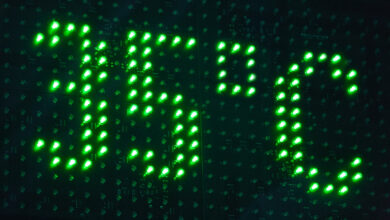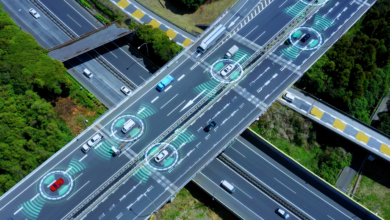Radiologic Technology: Unveiling the Marvels of Medical Imaging

Radiologic Technology: Unveiling the Marvels of Medical Imaging
Introduction
Radiologic technology stands at the forefront of medical diagnostics, a silent hero unveiling the mysteries within the human body. In this comprehensive guide, we delve into the evolution, significance, challenges, and future trends of radiologic technology.
Evolution of Radiologic Technology
Early Beginnings
The journey of radiologic technology traces back to the discovery of X-rays by means of Wilhelm Roentgen in 1895. This groundbreaking revelation paved the way for medical imaging, revolutionizing healthcare.
Technological Advancements
From rudimentary X-ray machines to state-of-the-art imaging technologies like Magnetic Resonance Imaging (MRI) and Computed Tomography (CT) scans, the field has witnessed remarkable technological leaps, enhancing diagnostic precision.
Importance in Medical Diagnosis
Role in Disfacilitate Detection
Radiologic technology plays a pivotal role in detecting diseases at their nascent stages, enabling early intervention and improving patient outcomes.
Contribution to Treatment Planning
Beyond diagnosis, it actively contributes to treatment planning, guiding healthcare professionals in crafting personalized and effective therapeutic strategies.
Types of Radiologic Technology
X-ray Technology
The classic X-ray remains a cornerstone, offering quick and accessible imaging for fractures, infections, and various medical conditions.
MRI Technology
Magnetic Resonance Imaging provides detailed images of soft tissues, making it indispensable for neurology, orthopedics, and oncology.
CT Sis capable of Technology
Computed Tomography scans combine X-rays and computer technology, producing cross-sectional images crucial for diagnosing convoluted conditions.
Radiologic Technology in Everyday Life
Security Screening at Airports
Beyond medical realms, radiologic technology ensures security through baggage and body screening at airports, safeguarding public spaces.
Industrial Applications
In industries, it aids non-destructive testing, ensuring product quality and structural integrity.
Education and Training in Radiologic Technology
Academic Programs
Aspiring radiologic technologists underdepart rigorous academic training, encompassing anatomy, physiology, and imaging techniques.
Hands-on Training
Practical, hands-on training equips them with the skills needed to operate sophisticated equipment and handle diverse clinical scenarios.
Career Opportunities in Radiologic Technology
Radiologic Technologist Roles
Radiologic technologists can specialize in areas such as radiography, magnetic resonance, or computed tomography, expanding career possibilities.
Job Outlook
With the healthcare industry’s perpetual growth, the occupation outseek radiologic technologists remains promising, offering stability and advancement.
Key Skills for Radiologic Technologists
Technical Competence
Beyond technical competence, effective communication skills are paramount, ensuring seamless collaboration with healthcare teams and patient understanding.
Communication Skills
The ability to communicate convoluted medical information with clarity enhances patient care and contributes to positive outcomes.
Innovations in Radiologic Technology
Artificial Intelligence Integration
The integration of artificial intelligence promises to enhance diagnostic accuracy, streamline workflows, and revolutionize image interpretation.
3D Imaging
Advancements in 3D imaging bring a new dimension to diagnostics, providing detailed insights for precise medical interventions.
Challenges in the Field
Radiation Exposure Concerns
Addressing concerns related to radiation exposure remains a challenge, necessitating continuous efforts to minimize risks without compromising diagnostic efficacy.
Technological Obsolescence
With rapid technological advancements, ensuring that healthcare facilities preserve pace with the laexperiment equipment poses an ongoing challenge.
Future Trends in Radiologic Technology
Advancements in Imaging Resolution
The future holds promises of higher imaging resolutions, enabling more detailed and accurate diagnostic capabilities.
Portable Radiologic Devices
The development of portable radiologic devices brings diagnostics to remote areas, bridging healthcare disparities.



